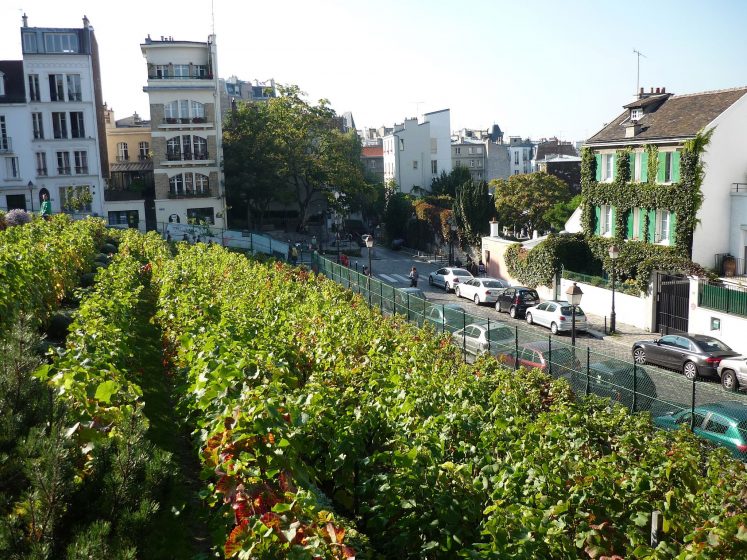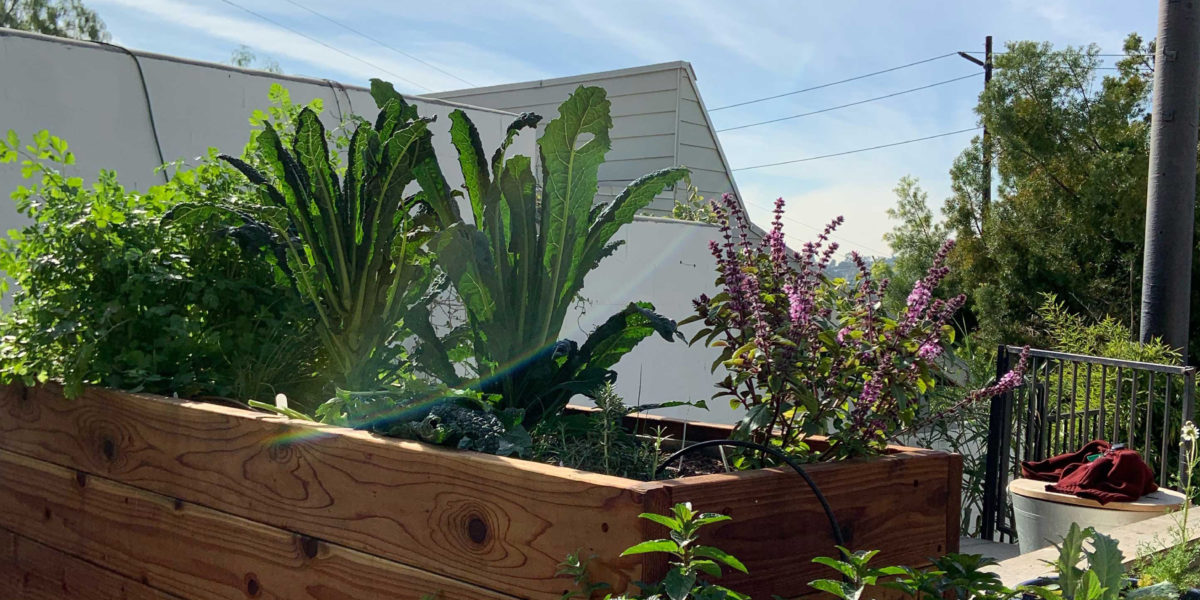City Blooming Can Be Fun For Anyone
Table of ContentsThe Only Guide for City BloomingHow City Blooming can Save You Time, Stress, and Money.Fascination About City BloomingExcitement About City BloomingThe Main Principles Of City Blooming
Interested in growing food to buy in the City of Chicago? Considering beginning an area yard? Changes to the Chicago Zoning Statute allow agricultural usages like community gardens and urban ranches in many parts of the city. Below is a list of often asked inquiries pertaining to the regulations and regulations that growers ought to take into consideration when planning an urban agriculture job.
The zoning modification does not customize any type of various other codes managing composting, building licenses, buying or leasing City owned residential property, organization licenses or environmental contamination. There are existing codes that regulate these concerns and they remain in full result and might be suitable to your job. Area yards are typically possessed or handled by public entities, civic organizations or community-based companies and kept by volunteers.
Urban ranches grow food that is planned to be marketed, either on a nonprofit or for-profit basis. Due to their industrial objective, urban ranches require a business permit.
City Blooming Can Be Fun For Everyone
Composting is allowed however only for plant product that is created and utilized on website. The quantity of garden compost product can not go beyond 25 cubic lawns at any type of given time according to the criteria in 7-28-715 of the City's Municipal Code. Yes. Due to the fact that the soil at many new yard sites requires amending, garden compost, dirt, timber chips, or other materials can be acquired to build or improve the expanding room - fruit and vegtables.

If a structure license is called for then the hoophouse will certainly be considered an accessory structure. You can figure out even more about the building license demands by contacting the Department of Structures. The 25,000-square-foot dimension restriction is planned to stop a solitary neighborhood yard from controling a provided block or diminishing the block's existing domestic or industrial character.
The limitation does not use to yards situated in Public Open Area (POS) areas. Can there be even more than one neighborhood yard that is 25,000 square feet on a solitary block? Yes. The dimension limit puts on specific gardens, not to individual blocks. No. Fencing is not called for, nevertheless, yards that have huge parking lot might be called for to install fence or other landscape design attributes.
Indicators on City Blooming You Need To Know
B1 & B2 areas require that all industrial use activities be performed inside. Is secure fencing needed for city farms? Fencings might be required, along with landscape design and screening, for specific auto parking locations and outdoor work or storage locations depending on area and the specific task taking location.
Urban ranches call for building licenses and zoning approvals prior to building and construction (sustainable gardening). Other types of city evaluation might be called for depending on details frameworks, tasks, dimension, landscape design, licensing, public heath and stormwater administration concerns.
The Department of Service Matters and Consumer Defense can assist establish the specific kind of service permit that's called for. Off street parking is needed for most business jobs in Chicago. The required number of car park rooms is based on the number of employees functioning on site and not the square video footage of the growing area.
Examine This Report on City Blooming

A metropolitan ranch can market compost product created on site, nonetheless, the operation should abide with the policies in 7-28-715 of the Chicago Municipal Code. Aquaponic systems are enabled inside your home on metropolitan ranches in numerous zoning districts.
Approximately 5 hives or nests of honey bees may be maintained as an accessory usage. Nevertheless, beekeepers should sign up with the Illinois Department of Agriculture. For additional information regarding the recommended zoning change you might get in touch with the Division of Real Estate and Economic Advancement, Bureau of Preparation and Zoning at 312.744.8563.
Farming in cities and metropolitan areas An urban farm in Chicago. Urban agriculture describes various methods of growing. https://soundcloud.com/cityblooming, processing, and dispersing food in metropolitan locations. The term likewise puts on the area tasks of animal husbandry, tank farming, beekeeping, and horticulture in a metropolitan context. Urban farming is differentiated from peri-urban farming, which takes place in country locations beside suburban areas.
Not known Facts About City Blooming
, who seek to create social networks established on a common principles of nature and area holism. These networks can create by means of official institutional assistance, coming to be integrated into neighborhood community planning as a "shift community" movement for sustainable urban advancement.
The much more straight access to fresh veggie, fruit, and meat items that might be become aware via urban farming can enhance food safety and security and food safety while lowering food miles, bring about reduced greenhouse gas discharges, therefore adding to environment adjustment reduction. Some of the initial evidence of city farming comes from Mesopotamia.